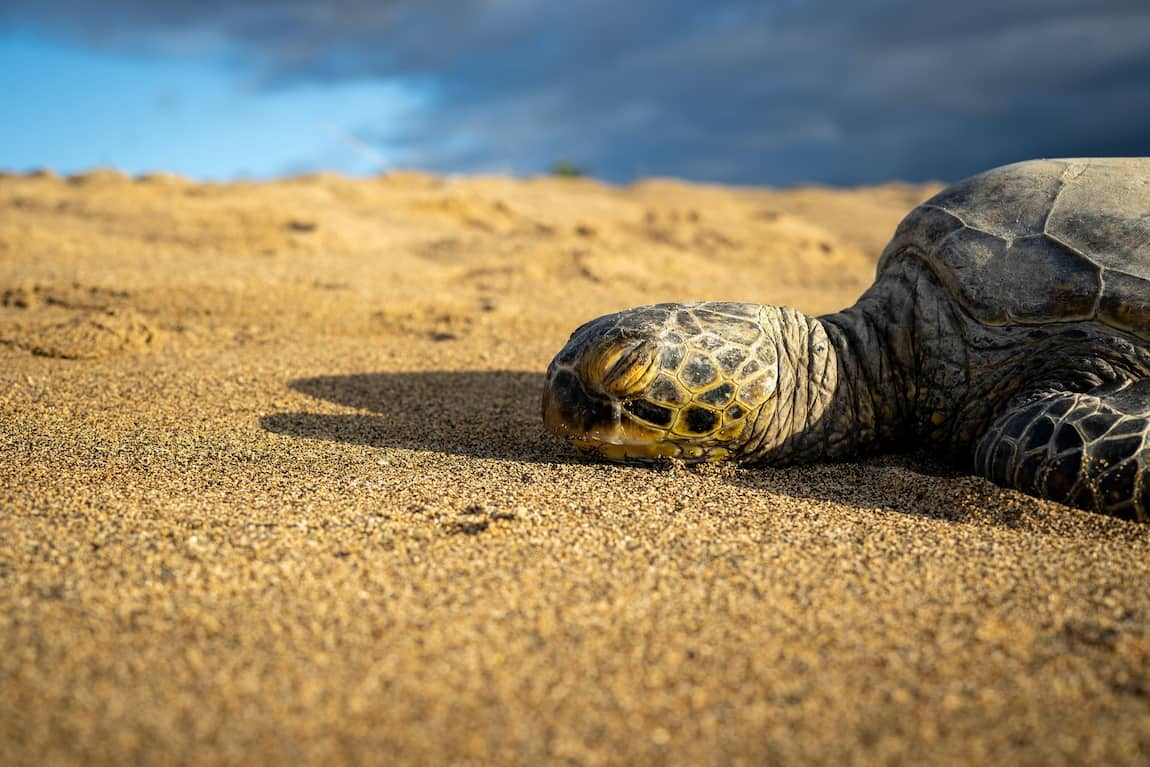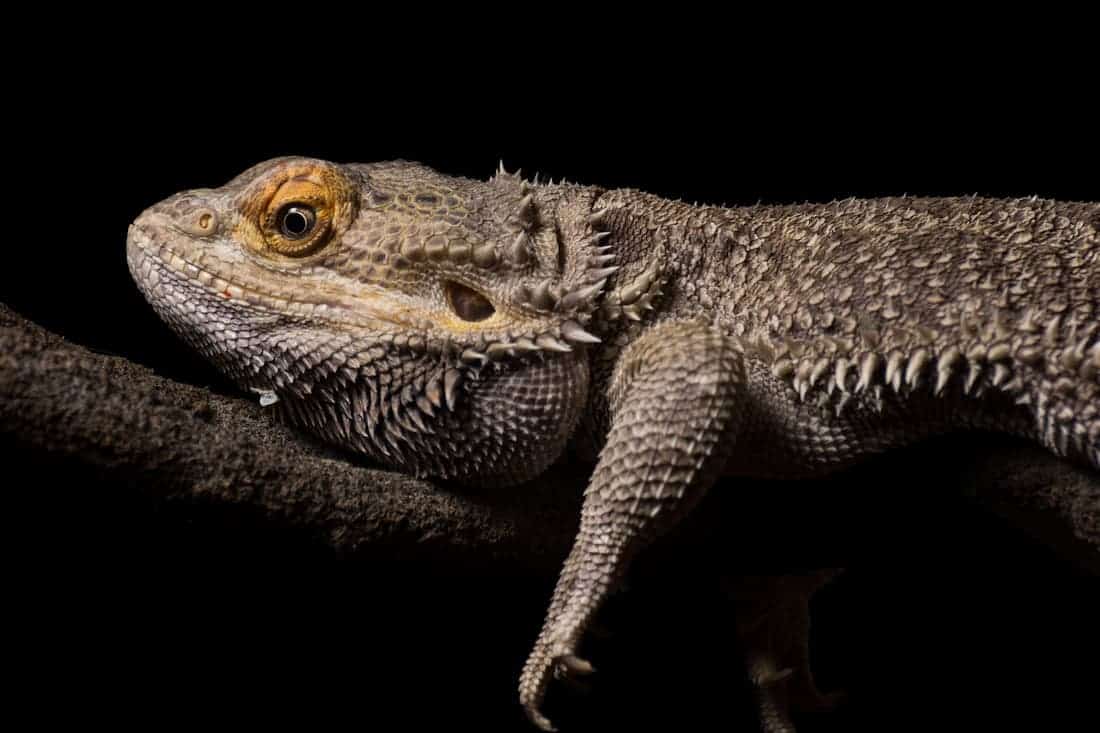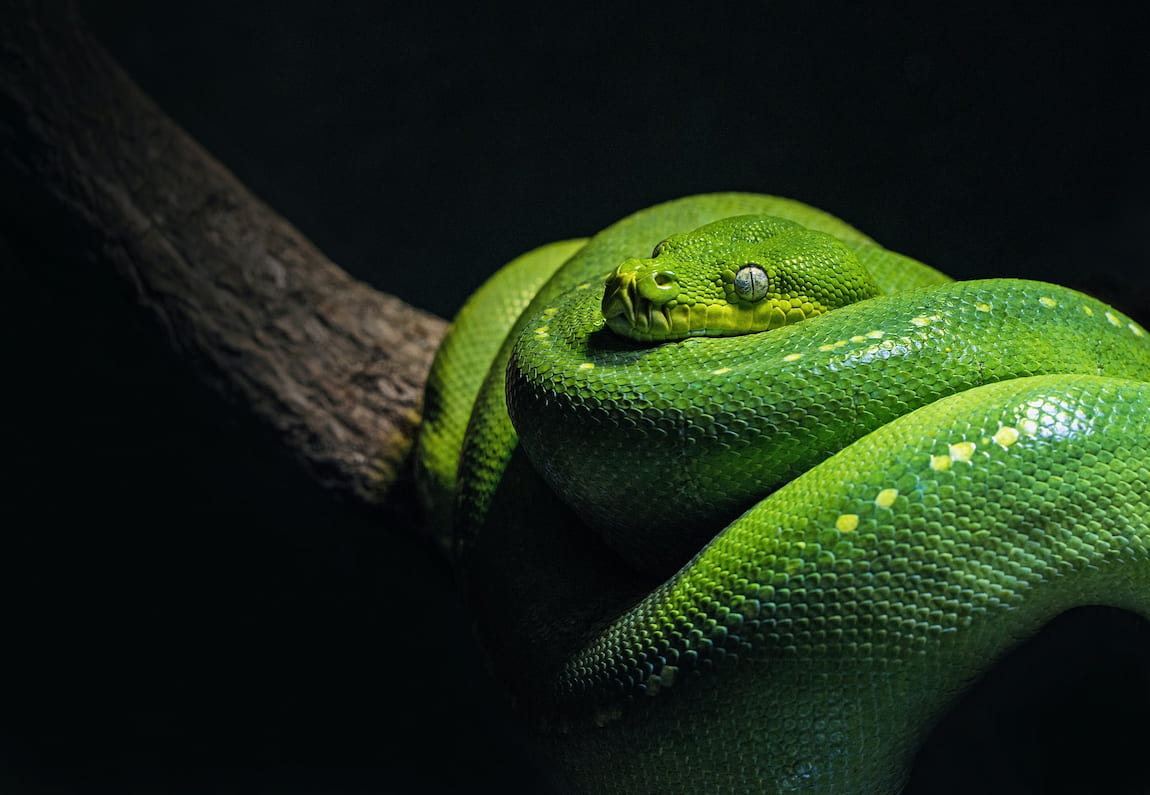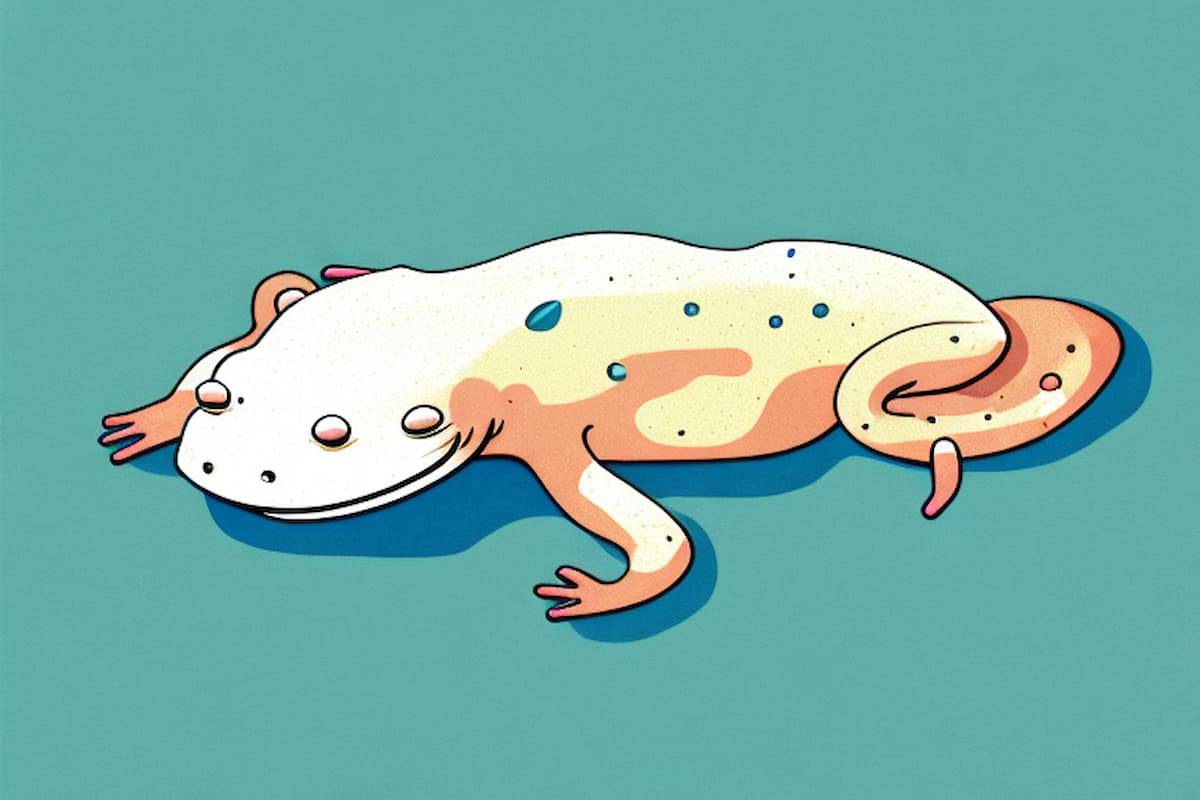Turtles are a diverse group of reptiles that live all over the world, and that have a wide range of sleeping habits and behaviors. Most turtles spend at least part of their day sleeping and the amount of sleep they get can vary greatly. Knowing more about a turtle’s environment and habits can help us better understand what it needs to remain healthy and happy.
What Types of Turtles Are We Discussing?
Turtles can be grouped into two main categories, aquatic and terrestrial. Aquatic turtles, like the ever-popular red-eared slider, spend most of their lives in water and typically sleep floating in it. Terrestrial turtles, like box turtles, spend most of their lives on land. These turtles usually sleep buried in soil or in other inconspicuous areas with sufficient shelter.
Aquatic turtles are typically found in ponds, lakes, and rivers, while terrestrial turtles are found in forests, grasslands, and deserts. Aquatic turtles are usually larger than terrestrial turtles, and they have webbed feet to help them swim. Terrestrial turtles have claws that help them dig and climb. Both types of turtles have hard shells that protect them from predators.
Turtles’ Sleep Cycles and Behaviors
Each species of turtle has its own sleep cycle and behaviors, but most turtles tend to sleep in short spurts during the day. Some species like box turtles may hibernate in the winter months, sleeping up to 6 months during that time. Aquatic turtles may sleep while floating in the water or while half-submerged with their eyes and nostrils visible. Terrestrial turtles will often find small places to hide and bury themselves in soil or foliage.
Turtles may also sleep in the sun, as they are cold-blooded and need to regulate their body temperature. They may also sleep in the shade, as this helps them to avoid predators. Turtles may also sleep in groups, as this provides them with safety and warmth. In addition, turtles may sleep for longer periods of time during the night, as this is when they are most active.
The Relationship Between Environment and Turtle Sleep Patterns
It’s been noted that the environment of a turtle plays a role in its sleep patterns. In the wild, turtles will often find places for cover or protection from predators when they go to sleep; in captivity, if the environment does not provide such places, the turtle may not feel safe and will have difficulty sleeping. Turtles in captivity may also suffer from stress due to improper temperatures, overcrowding, or insufficient food. All of these things can affect the turtle’s sleeping habits.
In addition, turtles in captivity may be exposed to artificial light sources, such as aquarium lights, which can disrupt their natural sleep cycles. This can lead to a decrease in the amount of sleep the turtle gets, as well as an increase in the amount of time it takes for the turtle to fall asleep. To ensure that turtles in captivity get the rest they need, it is important to provide them with a dark, quiet, and comfortable environment.
How Do Turtles Sleep?
Turtles use multiple different methods of sleeping. Aquatic turtles typically will bob around in the water until they become fatigued, at which point they will gradually settle on the surface of the water with their eyes closed and nostrils above the surface. Terrestrial turtles may either dig burrows or hide in tall grass or foliage to stay protected from predators while sleeping.
Turtles can also sleep while floating in the water, or even while walking. Turtles can sleep for long periods of time, sometimes up to 8 hours a day. During this time, they are in a state of rest, but they are still able to respond to their environment. This is why it is important to not disturb a sleeping turtle, as it can be very stressful for them.
Are All Turtles’ Sleeping Habits the Same?
No two turtles are the same, and their sleeping habits vary greatly. Some turtles are more active during the day while others are more active at night; some turtles may sleep for longer periods of time while others will take short naps throughout the day. Turtles also differ in how much they need to sleep, with some turtles requiring more than others.
The amount of sleep a turtle needs also depends on its age and size. Younger turtles tend to need more sleep than older turtles, and larger turtles may need more sleep than smaller turtles. Additionally, the environment in which a turtle lives can also affect its sleeping habits. For example, turtles living in colder climates may need more sleep than those living in warmer climates.
Factors That Affect How Much Turtles Sleep
The amount of sleep that a turtle needs is affected by factors such as its age, health, environment, and activity level. Young turtles usually need more sleep than adults as they are still growing and developing; turtles kept in captivity require more sleep than those kept in the wild due to their more stressful environment; and those turtles with higher activity levels tend to require less sleep than breeds that are more placid.
Health Implications of Poor Sleep for Turtles
Poor sleep is not just uncomfortable for turtles; it can have serious health implications as well. Lack of sufficient rest can cause a decrease in appetite leading to poor nutrition, difficulty regulating body temperature, poor response time when predator is present, and even an increased susceptibility to disease. It is important to provide turtles with a comfortable and secure environment in order to ensure they are able to get the right amount of quality sleep.
Tips for Creating a Healthy Sleeping Environment for Turtles
When creating a habitat for a turtle, it’s important to consider its natural behaviors. Aquatic turtles need a large tank with plenty of space to swim; they also require water temperature to remain between 75 and 80 degrees Fahrenheit. Terrestrial turtles need natural sunlight or UV lamps and soil or foliage for them to hide under when they go to sleep. Proper enclosures should also be designed with secure lids and locks to protect the turtle from predators.
Conclusion
As with all animals, it is essential to consider a turtle’s sleeping habits and behaviors when caring for it. Knowing more about a turtle’s environment, activity levels, and behaviors can go a long way in ensuring it gets the quality sleep it needs to stay healthy and happy.





